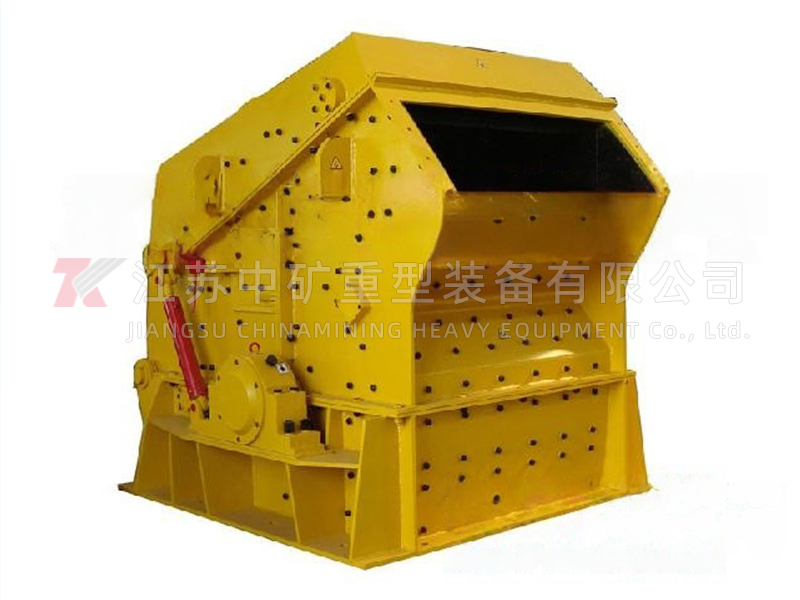Impact crusher
Overview of impact crusher
Impact crusher, a new type of crushing equipment, has the characteristics of small volume, simple structure, high crushing ratio, low energy consumption, high production capacity, uniform product particle size and selective crushing effect which promises good prospect. The disadvantage of impact crusher is that the hammer and impact plate are particularly prone to wear and tear, especially when crushing hard ores, and the wear and tear is more severe, requiring frequent replacement. Currently, due to the emergence of some wear-resistant materials, they have been applied in some metal beneficiation plants. The impact crusher can handle materials with a side length of 100-500 millimeters or less, and has a pressure resistance of up to 350 MPa. It has the advantages of high crushing ratio and cubic particles after crushing.
Working principle of impact crusher
Impact crusher is a kind of crushing machinery that uses impact energy to crush materials. When the machine is working, driven by the electric motor, the rotor rotates at high speed. When the material enters the plate hammer action area, it collides with the plate hammer on the rotor and breaks. It is then thrown towards the impact device and crushed. Then it bounces back from the impact liner to the plate hammer action area and breaks again. This process is repeated, and the material enters the first, second, and third impact chambers from large sizes to small sizes for repeated crushing until the material is crushed to the required particle size and discharged from the discharge port. Adjusting the gap between the impact frame and the rotor can achieve the goal of changing the discharge particle size and shape of materials. The stone material falls directly into the high-speed rotating turntable from the upper part of the machine. Under the action of high-speed centrifugal force, it collides with another part of the flying stones that are separated in an umbrella shape around the turntable, resulting in high-speed collision and high-density crushing. After the stones collide with each other, they will form eddy currents between the turntable and the casing, causing multiple impacts, friction and crushing, and are discharged directly from the bottom. It forms a closed loop with multiple cycles and is controlled by the screening equipment to achieve the required particle size.
Main technical parameters
Model | (mm×mm) Feed inlet size | (mm) Max. feed particle size | (t/h) Processing capacity | (kW) Motor power | (t) Weight | (mm) External dimensions |
PF-1007 | 820×700 | 300 | 24-45 | 55 | 9.5 | 2400×1558×2660 |
PF-1010 | 1170×720 | 350 | 50-80 | 75 | 10 | 2532×1985×2196 |
PF-1210 | 1090×465 | 350 | 80-130 | 110 | 14 | 2638×2037×2713 |
PF-1214 | 1440×465 | 350 | 100-160 | 132 | 18 | 2580×2400×2810 |
PF-1315 | 1532×560 | 350 | 140-200 | 200 | 19.3 | 2840×2748×2556 |
PF-1316 | 1690×859 | 350 | 150-220 | 200 | 19.5 | 3096×2850×2667 |

